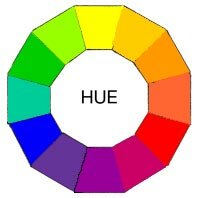I saw Joe had posted a picture of the logo design's he was working on and I decided to try and come up with my own solution because I thought he was onto something with his design's. I choose to try and take further the Owl picture he drew at the bottom right. Its face more specifically. It was over-complicated, so I wanted to reduce it.
Below my design sheet:
I started in Adobe Illustrator using the basic shapes to build It up first, although I had done this through my drawings, the end result like this was a lot more pleasing I thought.
Which was this:
I then experimented with how well it operated when colour was introduced into it, as I use yellow as my colour of choice to work with when using illustrator. Easier on the eyes then pure white. Joe had taken one of my original designs and experimented with that alone and created his own outcome from mine. I supplied a huge list of combinations of HEX codes for us to all use and this came in really helpful as it's one of the easiest to give to each other other SMS and have a result thats all the same.
The group, I decided on his, I believe this maybe because It was a lot more fun and appealing over my version. I'm not sure.
The type logo seen in Joe's outcome was supplied by Emily who had also been working on a logo outcome. This was then integrated as the Typographic logo companion to the icon.
From an idea I had on my design sheet, I really wanted to create a pattern using this logo as I thought the eyebrows would work really well together to create a pattern, so I did this too. But We never found a use for it at such scale. It late became part of the twitter background page, but the pattern wasn't so apparent.
Which can be seen here. Also on the twitter page, I also helped update the look of it, Anthony had created a 3D render for the main section but I didn't think It worked so create so I created the Orange block to help fit in as well as supply the correct resolution to the logo as the previous alliterations had all been seemingly low-res whoever uploaded them.






















































